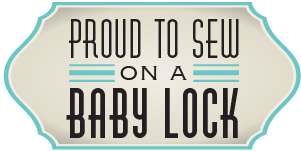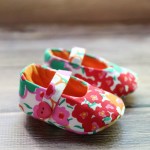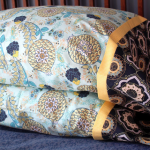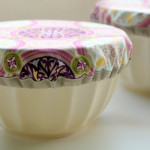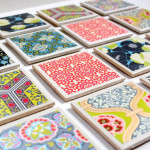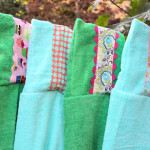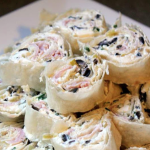I don’t do a whole lot of giveaways here on The Cottage Home. So, today I’m changing it up a bit and I’ve got a little giveaway from me to you. It’s not much, but just a little token of my appreciation to all of The Cottage Home loyal readers. I love your emails, your comments, and you seriously make blogging such an amazing experience for me.
So, enough with the touchy-feely stuff and onto the giveaway. Today you have a choice of two 5 yard fabric bundles. You can choose from these two fabric lines Art Gallery “Sugar” or David Walker “Robots”. If you are the winner, I will be sending you 1 yard cuts of each of the 5 prints from whatever line you choose – that’s 5 yards total!
Here are your two bundle choices:
Pat Bravo for Art Gallery Fabrics “Sugar”:
David Walker for Free Spirit Fabrics “Robots”:
So you can enter this giveaway three times (three chances to win), here’s how:
1. Leave a comment (with your email address) and let me know which bundle you would like and what you might make.
2. Become a follower and let me know you’re following. If you are already a follower (thank you), comment and simply let me know.
3. “Like” The Cottage Mama” on facebook. Click here to become a fan. Come back and leave a comment to let me know you’re a fan.
This giveaway will be open for the next week and will close next Tuesday, September 7th at midnight (US Central Standard Time). I will use random.org to select the winner.
Again, I want to thank you all so, so much for reading my little blog. It hasn’t even been a year yet that I started The Cottage Home, but I feel like I’ve known some of you for much longer.
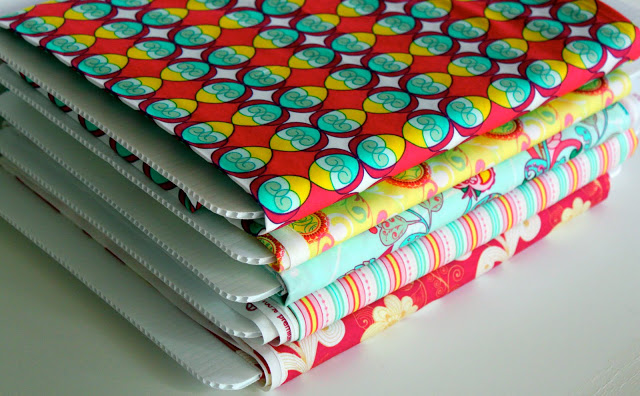

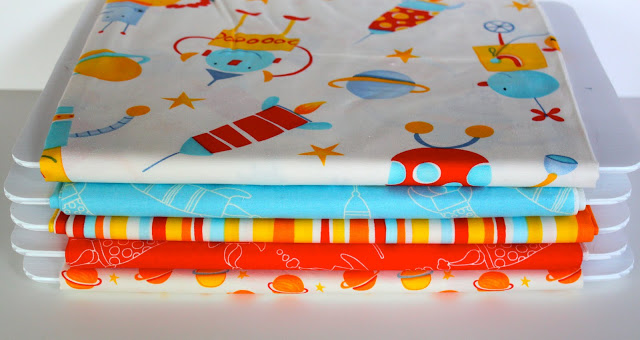









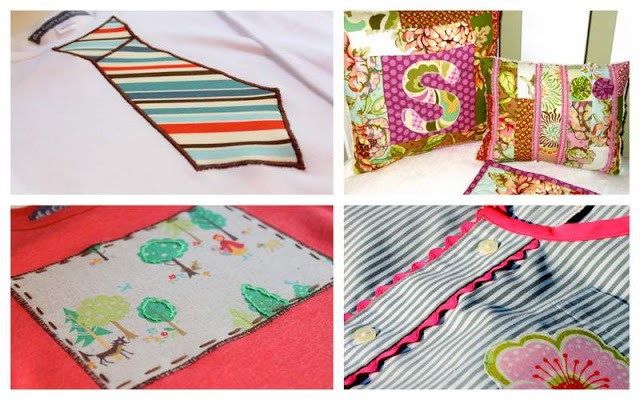


















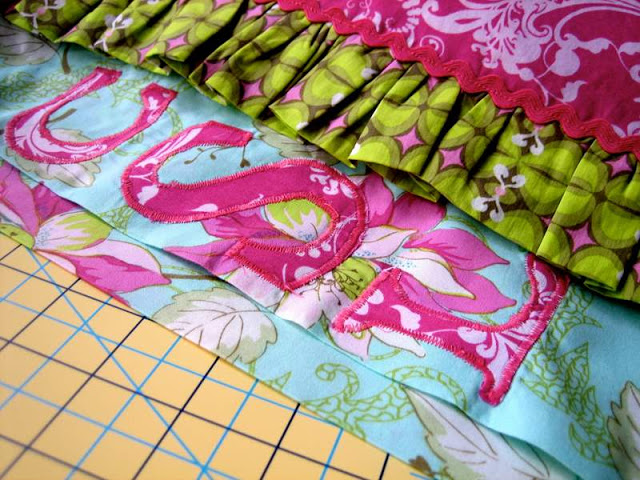










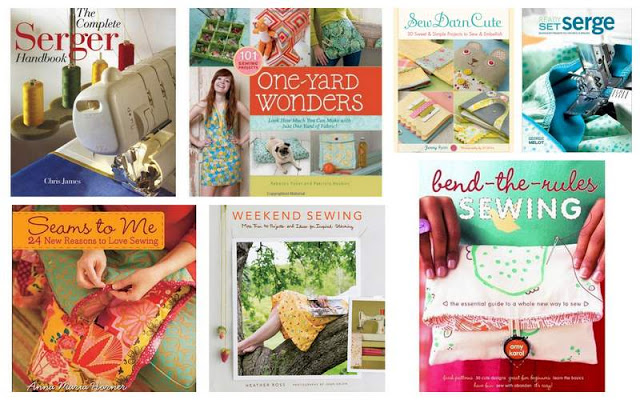
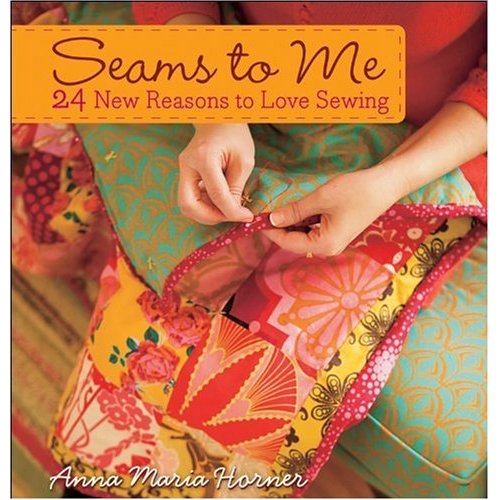
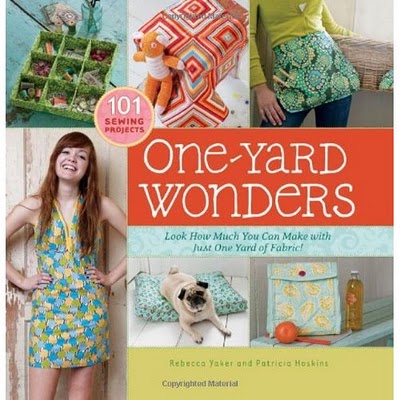
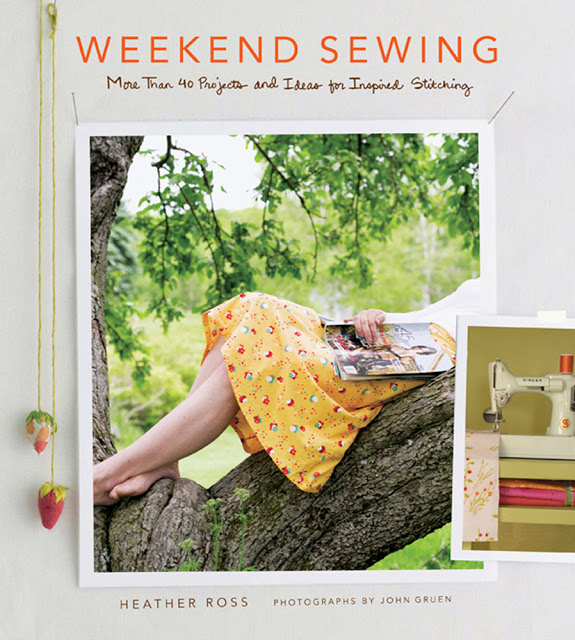
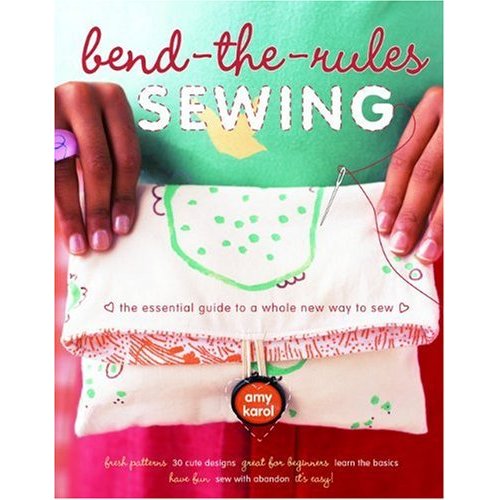
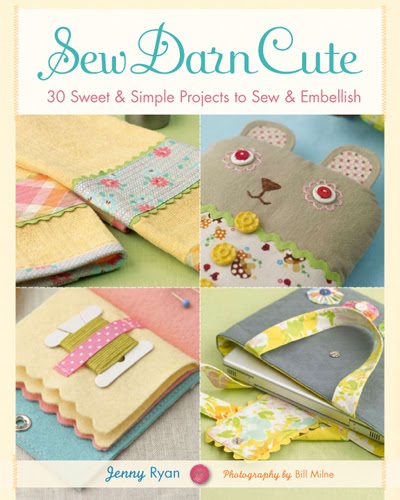
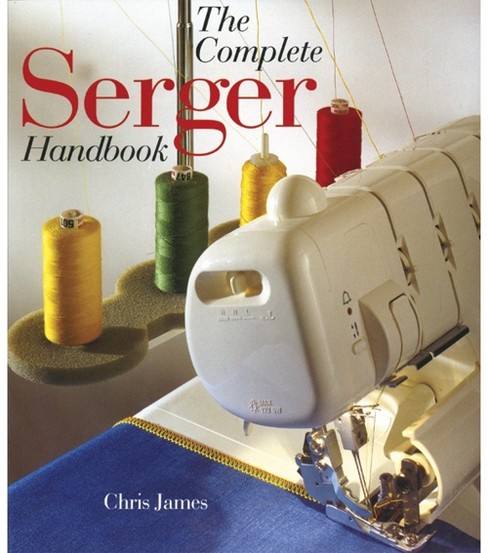
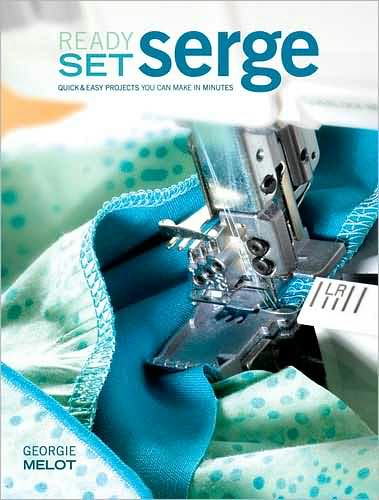






















































































































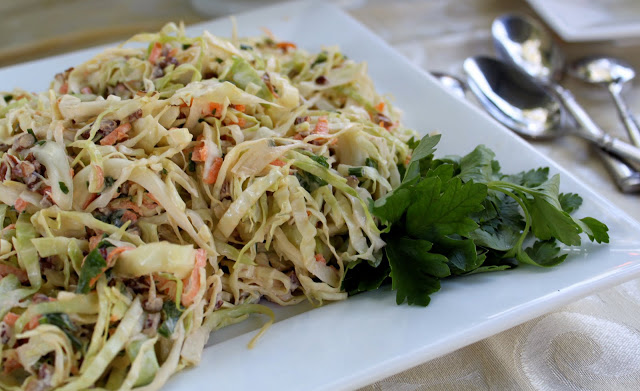
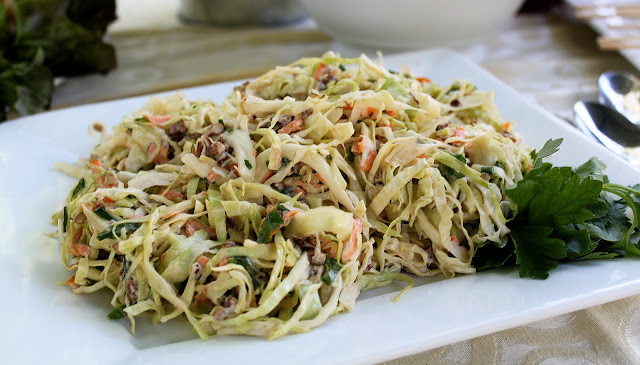

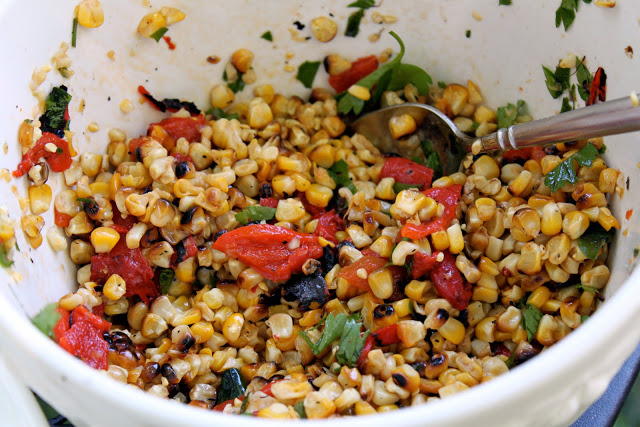

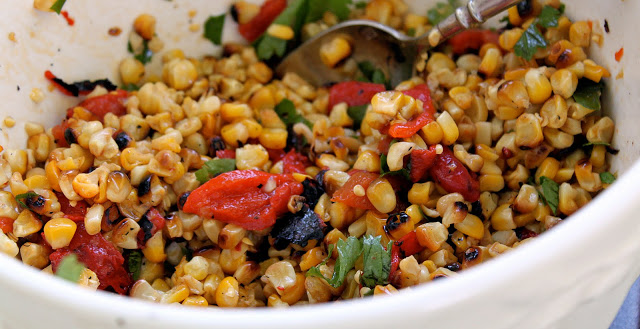
 Lindsay Wilkes is the owner and designer behind The Cottage Mama. She creates timeless, vintage inspired sewing patterns for children’s clothes. She is also a fabric designer for Riley Black Designers / Penny Rose Fabrics, author of the book ‘Sew Classic Clothes for Girls’ and can be seen teaching nationwide and online in her video series ‘Lessons with Lindsay’ sponsored by Baby Lock Sewing and Embroidery machines.
Lindsay Wilkes is the owner and designer behind The Cottage Mama. She creates timeless, vintage inspired sewing patterns for children’s clothes. She is also a fabric designer for Riley Black Designers / Penny Rose Fabrics, author of the book ‘Sew Classic Clothes for Girls’ and can be seen teaching nationwide and online in her video series ‘Lessons with Lindsay’ sponsored by Baby Lock Sewing and Embroidery machines.